Sightseeing Spots
Search Results314
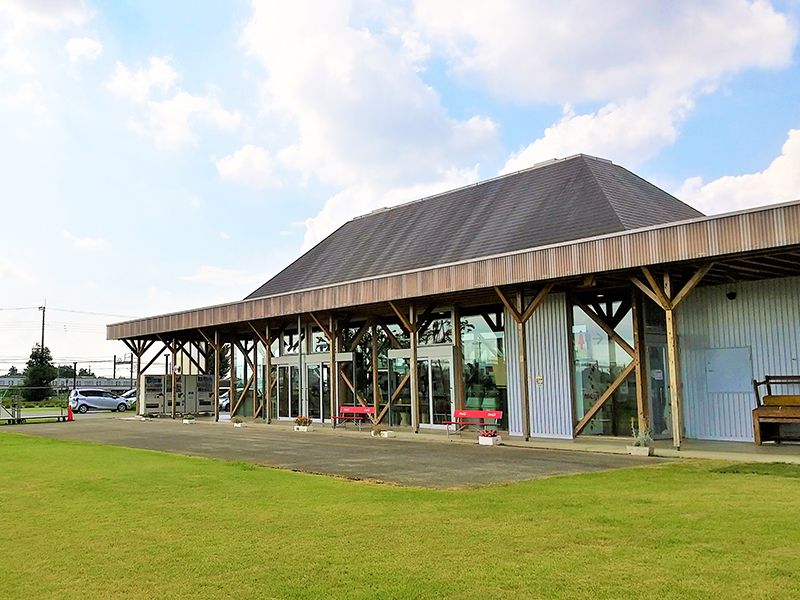
JA Saitama Chuo's Higashi Matsuyama direct sales center "Inahoterasu" is an open building constructed from local wood and natural materials. The name was chosen by the locals with a contest. Inahoterasu symbolizes how the ears of rice (=inaho) will light up (=terasu) a bright future for people. Here you can find a wide variety of souvenirs from Higashimatsuyama City, such as processed pears and chestnuts, yakitori rice crackers, and other snacks!
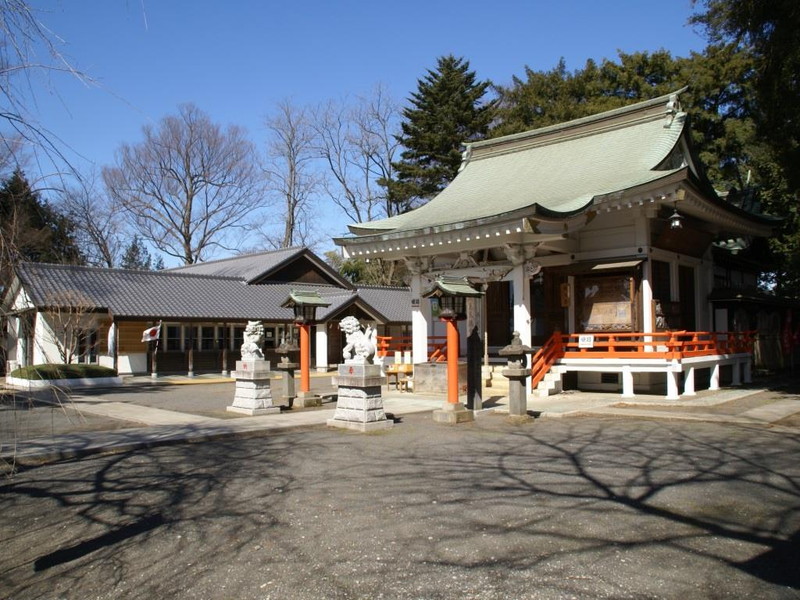
This historical shrine is said to have been founded by Jikaku Daishi Ennin in 849 (Kashō 2). Goshuin (red seal stamps) are also available for visitors.
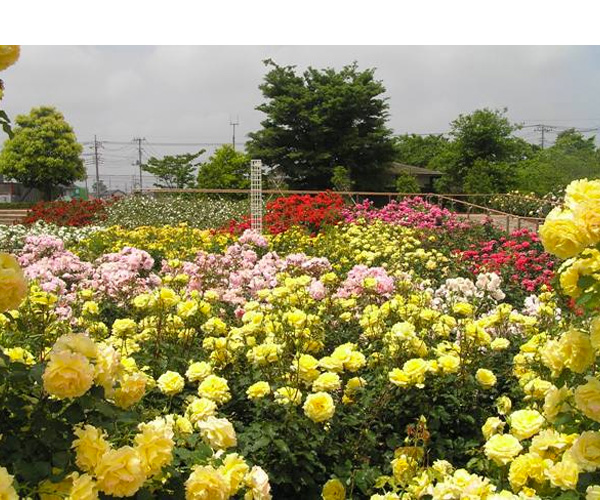
Saitama prefecture's largest rose garden blooms twice a year, once in spring and once in autumn. The best times to visit are from early May to early June and early October to mid-November. There are over 400 varieties and more than 5000 individual roses in this garden of overwhelming beauty. There is also a garden of hydrangeas that blooms in June. Walk through the park and enjoy the relaxing atmosphere, finding various sport and recreation facilities, waterside areas, playground equipment, large sandpits, and much more, which come together to create a stimulating environment with something for everyone!
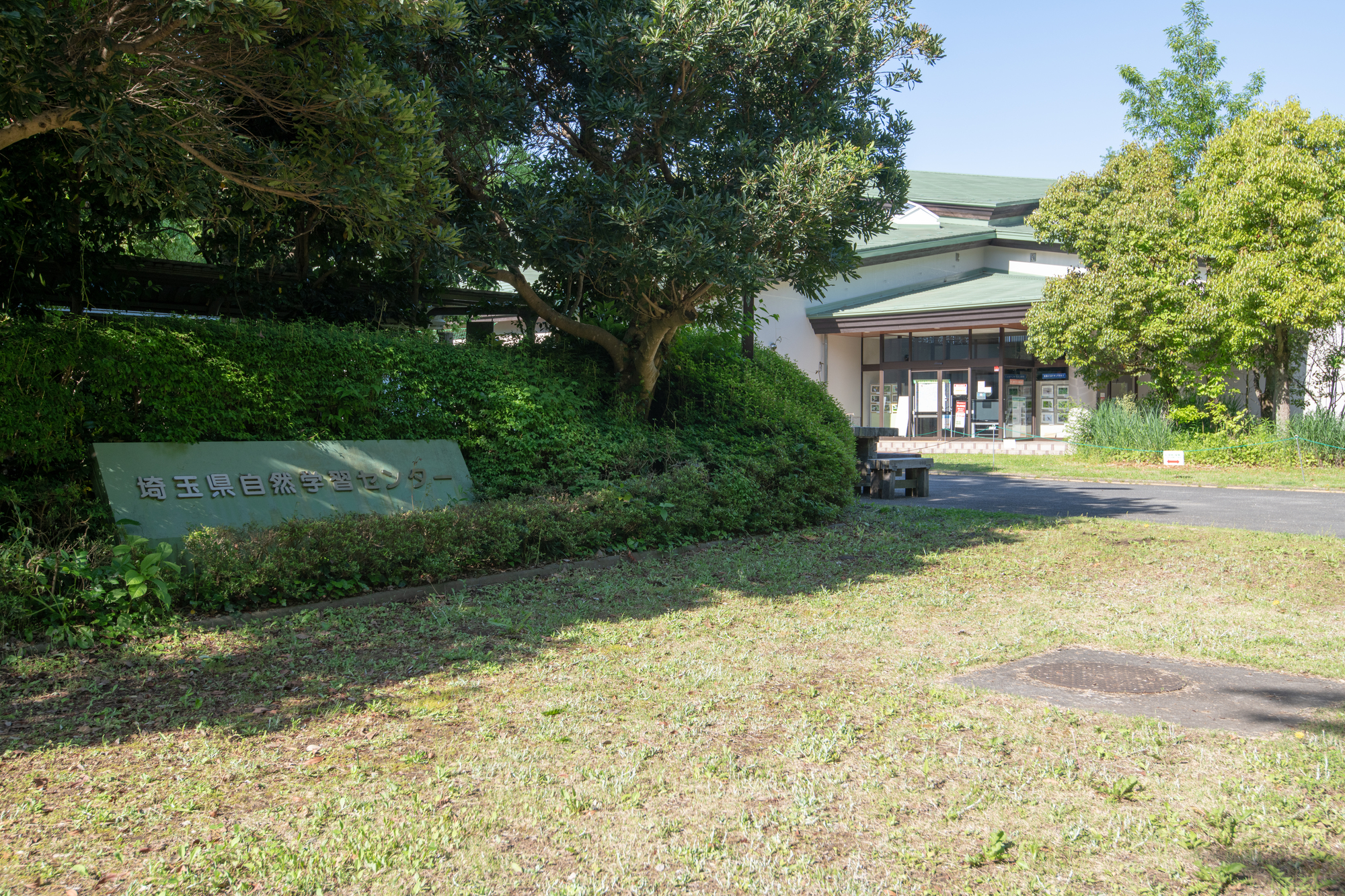
Located in the Kitamoto Nature Observation Park, this facility serves as a base for Saitama Prefecture’s nature learning and environmental education. Various events related to observation and nature experiences are hosted on primarily Saturdays, Sundays, and holidays. Inside the building, there are exhibits about nature and environmental issues and an information center filled with books related to nature. Staff are also stationed to provide information regarding nature within the park. There is a section on our website named “Park Journal,” where you can get daily updates on opening hours and events.
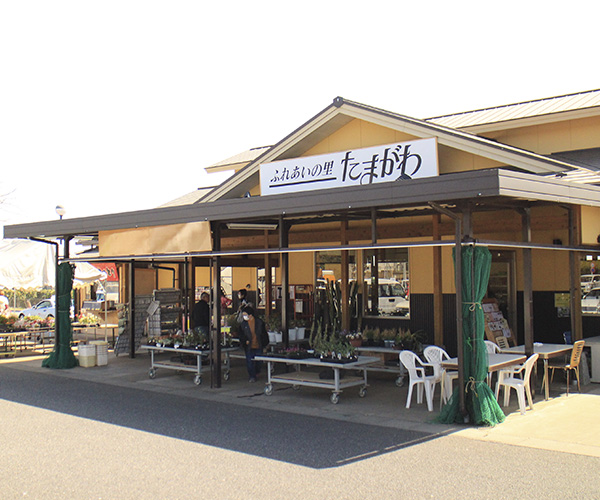
This facility was built in 2006 for "farmers and merchants" as a center for regional revitalization. The shelves are lined with fresh vegetables and locally processed foods. Please visit here for inquiries related to use of the nearby “Kawa no Hiroba BBQ" (river sqaure BBQ area). Our mascot character "Norabitan," based on the local delicacies Norabō-na (Norabō greens) and Ao-Nasu (blue eggplant), is waiting together with us for your next visit!
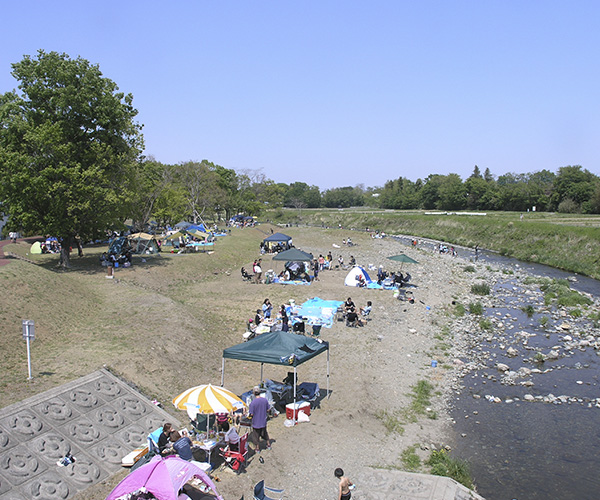
This barbecue area opened along the river in 2013 is the first in Tokyo to be operated by a private company. Reserve your favorite spot by the Toki River and enjoy barbecuing in the great outdoors!
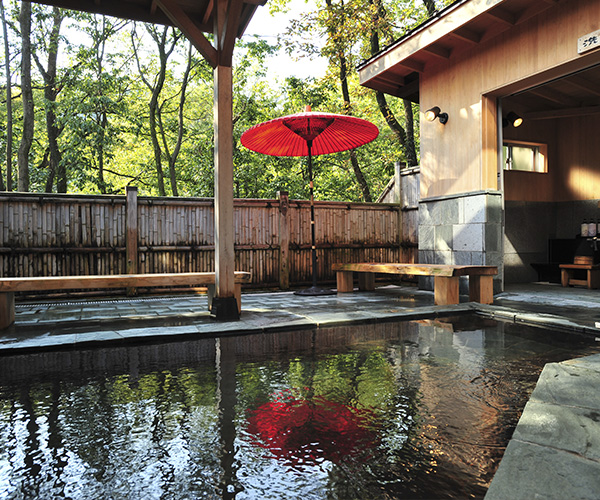
This day trip hot spring facility was built in a relocated old private house. Located near the Tokigawa River, guests using the footbath on the Japanese-style terrace (engawa) are treated to the sounds of the calming babbling brook. There is also a nearby BBQ area you can visit with no preparation. After BBQ, you can relax and recharge in the hot spring.
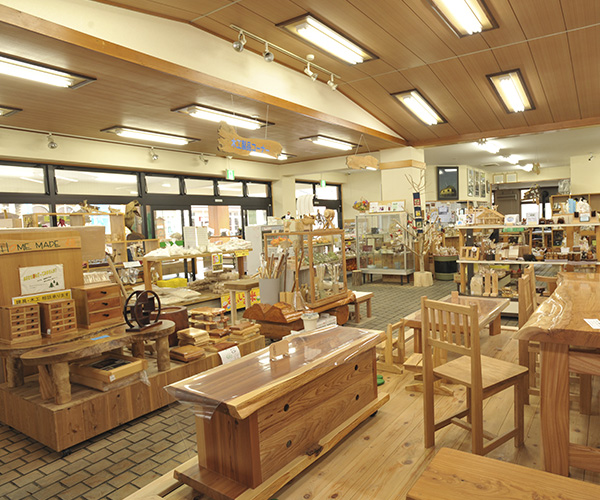
Tokigawa Town, prosperous in local lumber production, is one of the largest producer of wood fixtures in the Kanto region. While our shop focuses on wood fixtures, we also sell furniture, handicrafts and agricultural products made with warmth and care by our master craftspeople. We also accept consultations for made to order wood fixtures and furniture. How about owning your own one-of-a-kind item?
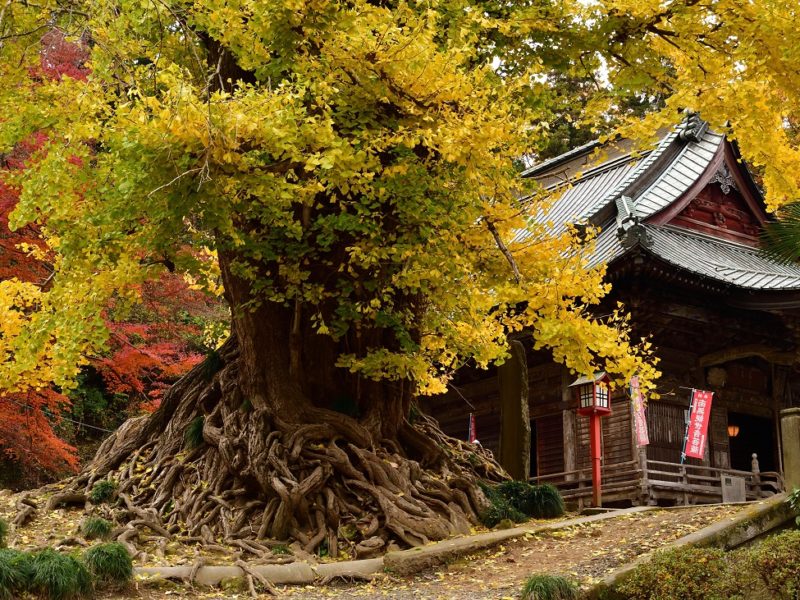
As the 10th sacred site on the Bando 33 Kannon Pilgrimage, this temple has been worshipped since ancient times. During the Sengoku period, the temple was used as the main camp for the Takeda forces during their siege of Matsuyama Castle. After passing through the rows of houses which once hid throngs of visitors, you will arrive at Niomon Gate. Climbing up the stone steps, you can see the city’s oldest bell tower and a wooden temple dedicated to Kannon, as well as a large Ginkgo tree. ※ Seasonal Info: The leaves of the giant ginkgo tree, estimated to be over 700 years old, turn a spectacular yellow color in early December every year.
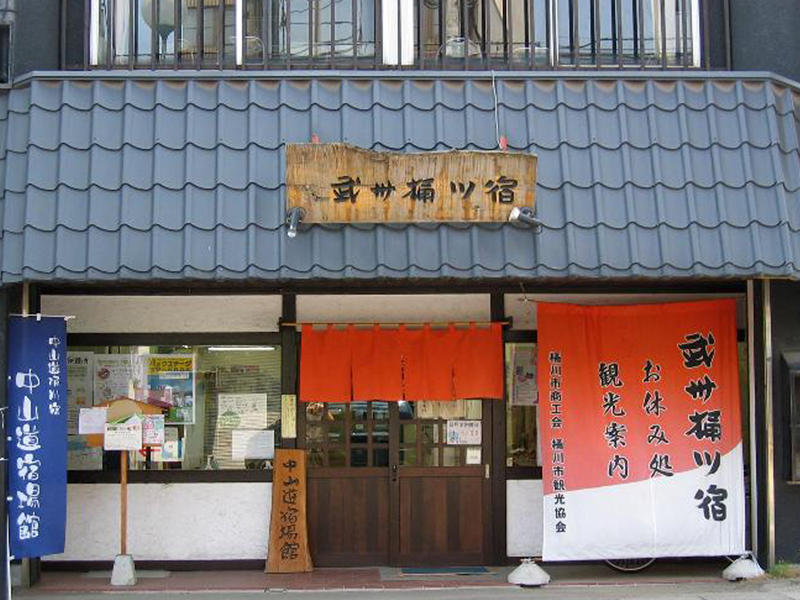
Okegawajuku, home to cultural properties such as Takemura Ryokan (former Hatago) and the residences of the Shimamura and Kobayashi families, is reminiscent of the past Nakasendo post town. The safflower, Okegawa's specialty, brought wealth and culture to Okegawajuku, and can be seen at the Okegawa Inari Shrine on the stone lanterns donated by safflower merchants.
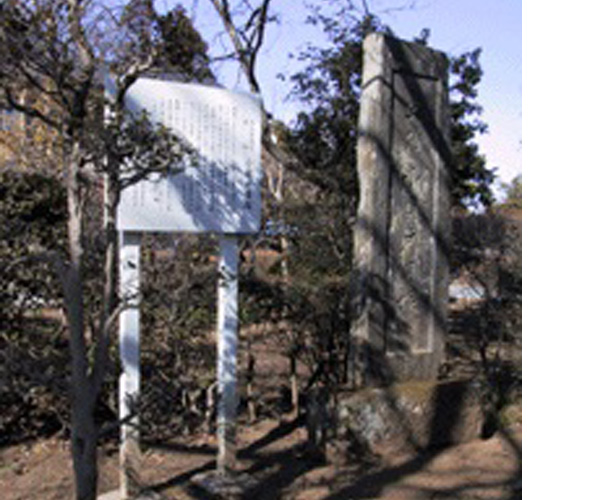
A shell midden (refuse mound) from the first half of the Jyōmon period (about 7,000 years ago). At this time in history, the climate was warmer and the ocean was more inland compared to now. The mound mainly consists of the Japanese basket clams that inhabit the brackish waters of the region, but there are also shells of the Japanese littleneck clam, common Orient clam, and blood clam. The mound is located behind the Kannon statue in the fifth temple of the Adachi Bandō pilgrimage route.
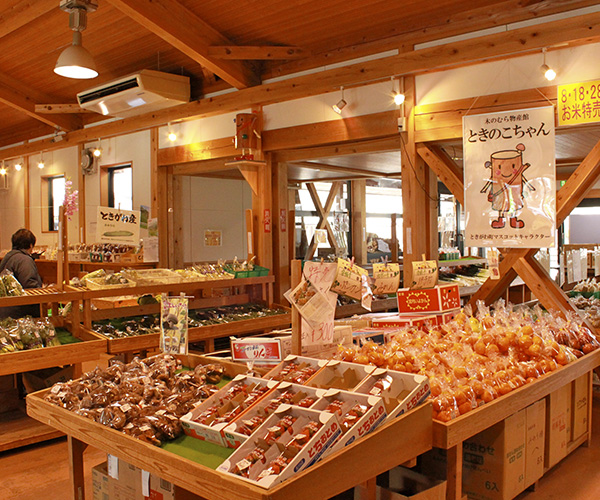
You can feel the warmth of the trees in this energetic store brimming with fresh vegetables, eggs and readymade side dishes (souzai) supplied by over 130 local farmers. Outside are stalls run by meat suppliers selling yakitori, and junmai dango (pure rice dumplings) are also available. This store is popular even with the local people. The items brought in for sale by the farmers are limited to one day only. We are committed to freshness!
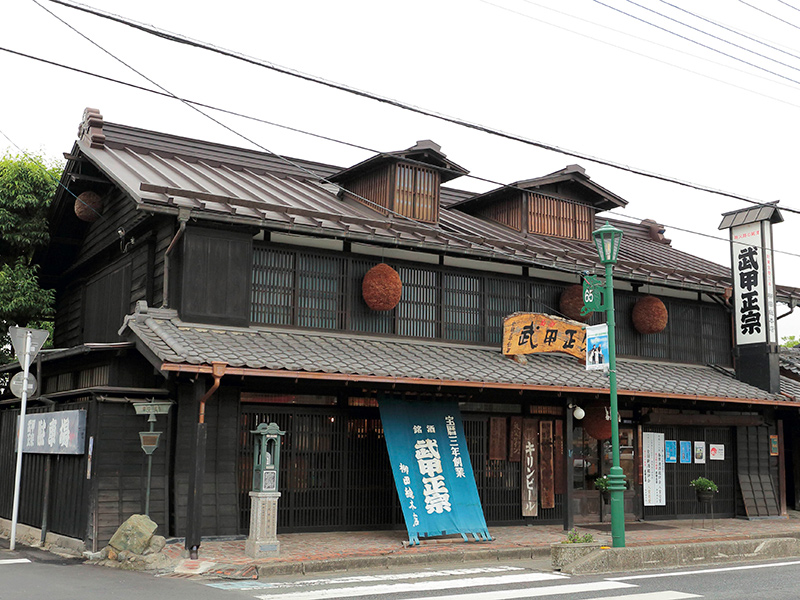
The well at our brewery, "Bushūyama Jyōryūsui" (underground water) was established as one of the hundred best mineral water sources of the Heisei Era. If you bring a container, feel free to fill it up with water and take it with you!
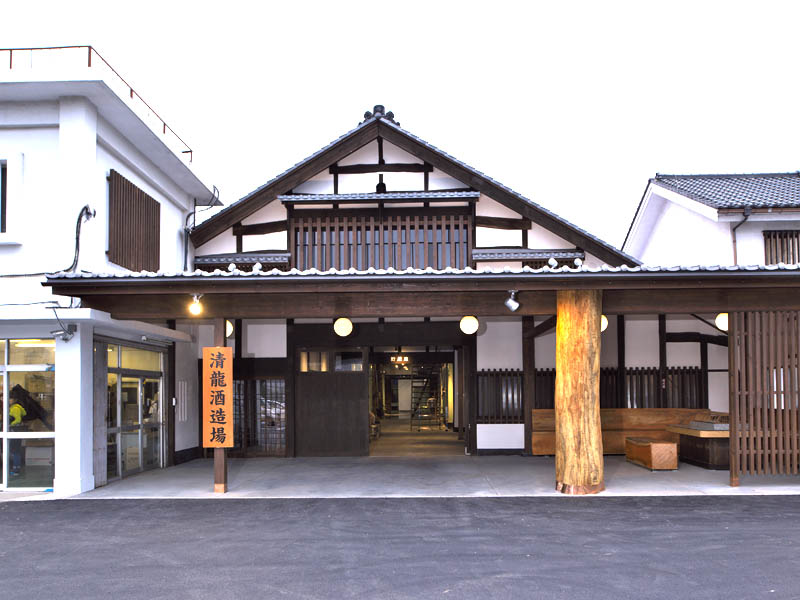
Seiryu Brewery is famous for being both the biggest producer in the Kanto region and for offering superb taste and top quality. Beginning with their concept of "showing the face of the brewer to inspire trust in the customer," they were the first in the local industry to sell sake at the brewery directly to the customer.
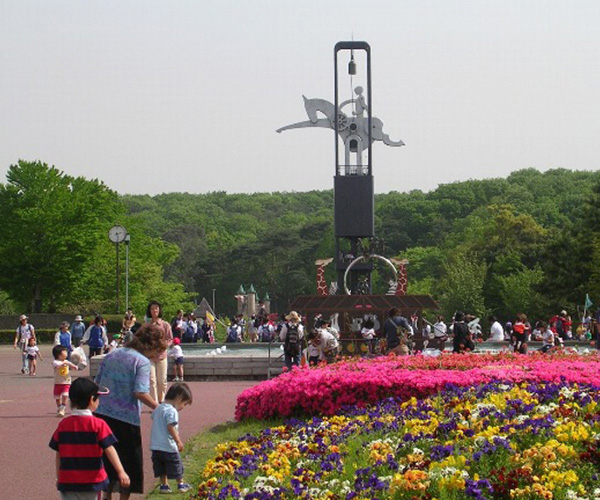
Sprawling out over the Hiki Hills, this 46-hectare site is home to popular animals such as giraffes, red pandas, and koalas, as well as an ecological park dedicated to Humboldt penguins, Penguin Hills. Also adjacent to the park are a walking trail and cross-country course. The zoo is the only place in Japan where visitors can see the small rodent, gundi, at the "Eco Houchoo" (Eco-friendly mouse house), the rabbit-like yellow-spotted rock hyrax, the world's smallest deer, pudu, and the quokka, which joined the zoo to commemorate its 40th anniversary. The Capybara Hot Springs, a winter tradition, is also very popular.
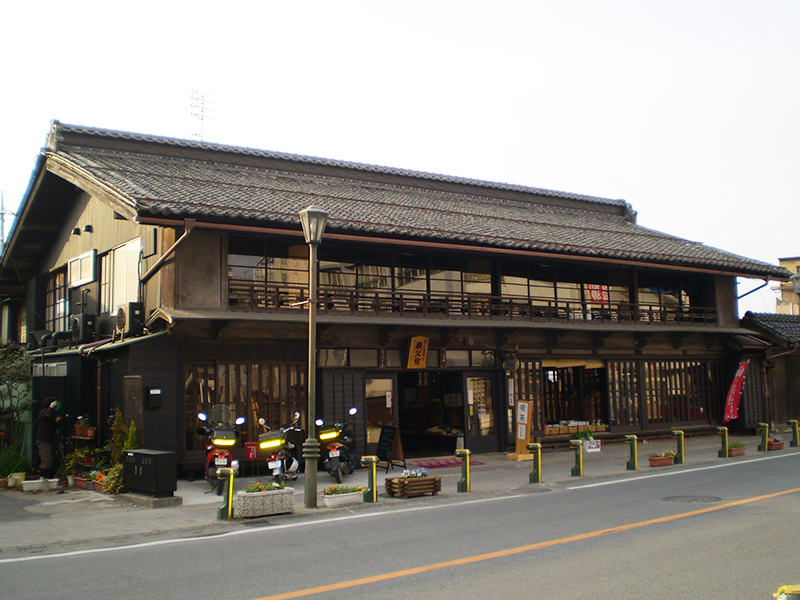
This facility is a center for socializing and tourism established in the early Meiji period merchant's inn, "Chichibu-Kan," which was renovated in a way to preserve its original appearance. The first floor is a free rest space with a large irori (sunken hearth) surrounded by rental boxes where citizens can display and sell their handicrafts and ceramics. Whether you're searching for tourist information or would like mingle with the locals, we hope you will visit Hot Spot Chichibu-Kan!
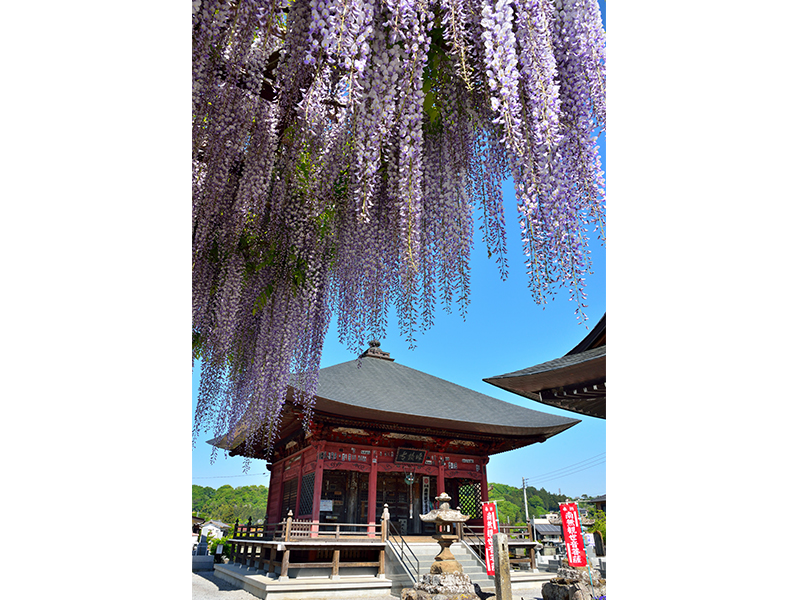
During wisteria season, you can enjoy vines of purple wisteria flowers descending from the trees in the precincts of Gokado Temple on Mt. Ogawa. Magohachi Honma, who built the temple, spent a night discussing the art of waka poetry with a traveling monk to finally master its secrets, and thus named the temple "Gokado" (words and songs temple). According to legend, the monk was said to have been the incarnation of Kannon, the Goddess of Mercy. The stone Buddha in the Koshinto pagoda on the right side of the hall is one of few existing in Chichibu. Collectible goshuin seals are available at Chokoji Temple, about 250 meters away.
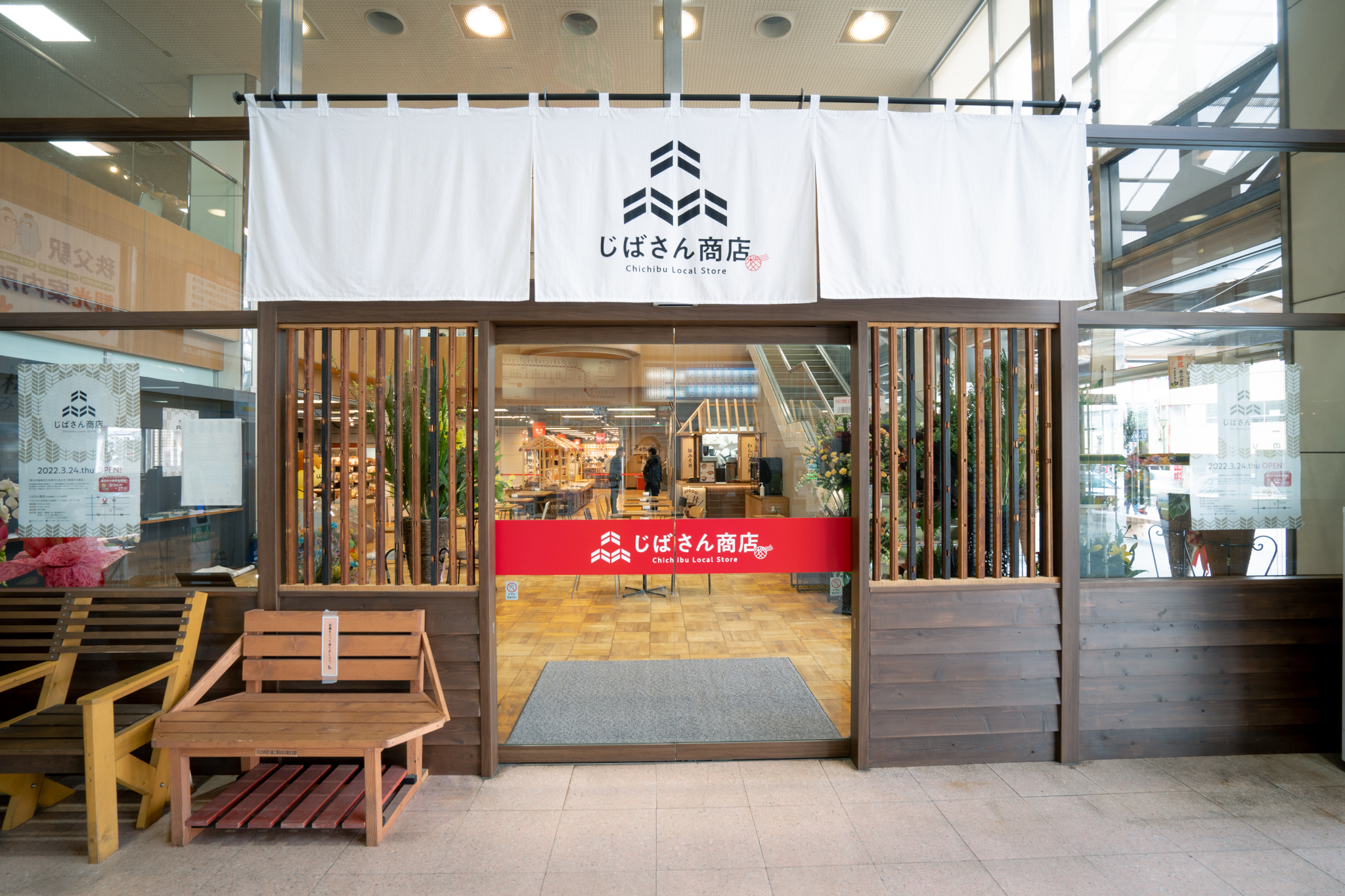
If you're on the search for Chichibu souvenirs, look no further! At Jibasan Shoten they have a wide range of popular souvenirs from the Chichibu area, including vegetables from local farmers, unique area gems, and many goods including the local mascot character, Potekuma-kun. You can also find products to get a taste of daily life in Chichibu, or even find the perfect gift for your loved ones. We look forward to your patronage!
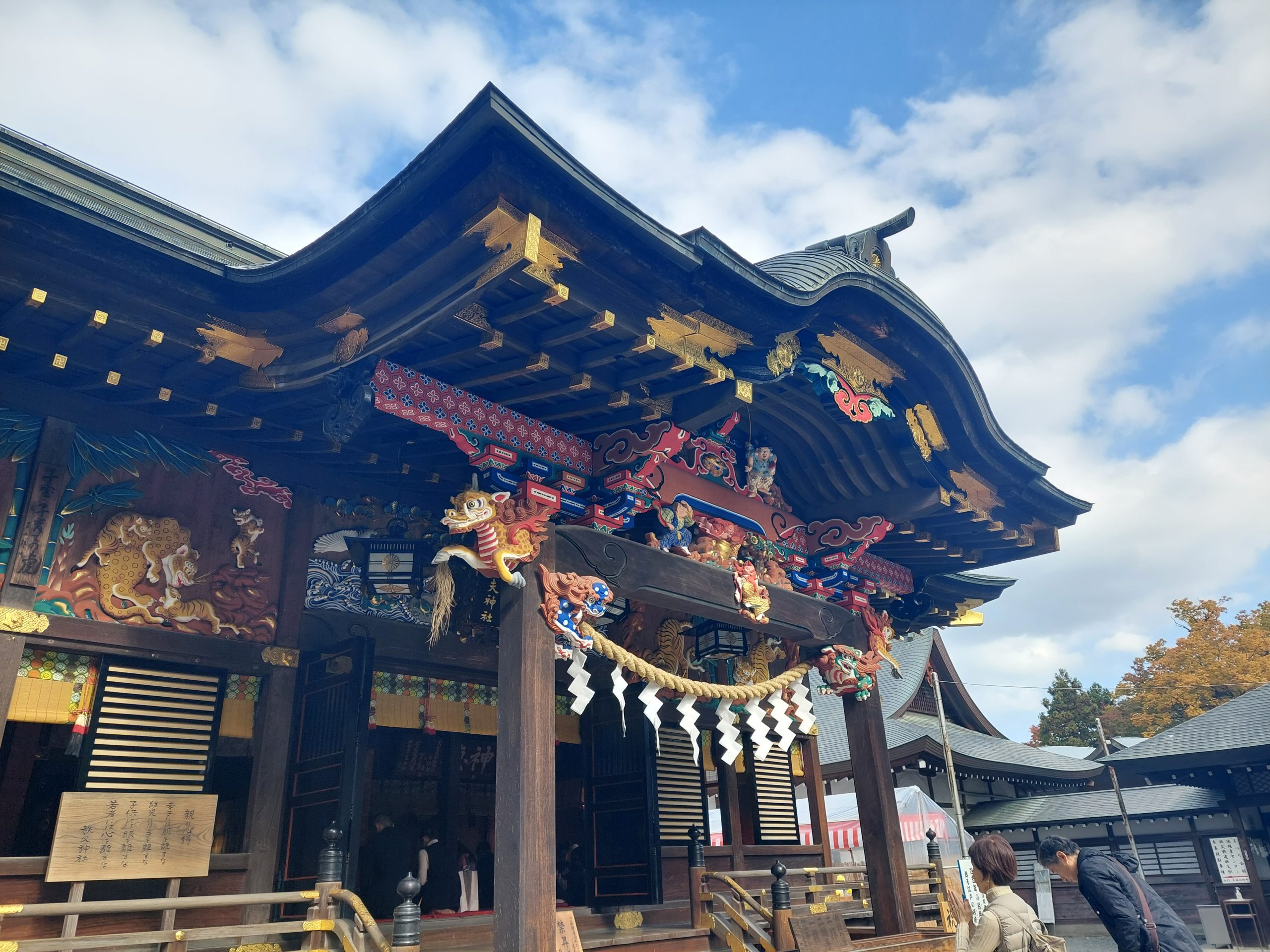
Marking 2100 years, Gochinza, a Sōja of Chichibu, has been revered since ancient times. In a forest of oak, there is an atmosphere with style and solemn beauty. The existing main building of the shrine is a contribution of Ieyasu Tokugawa in 1592 and was designated as Saitama Prefecture’s tangible cultural property due to the fact that it holds much of the Edo period’s early architectural style.
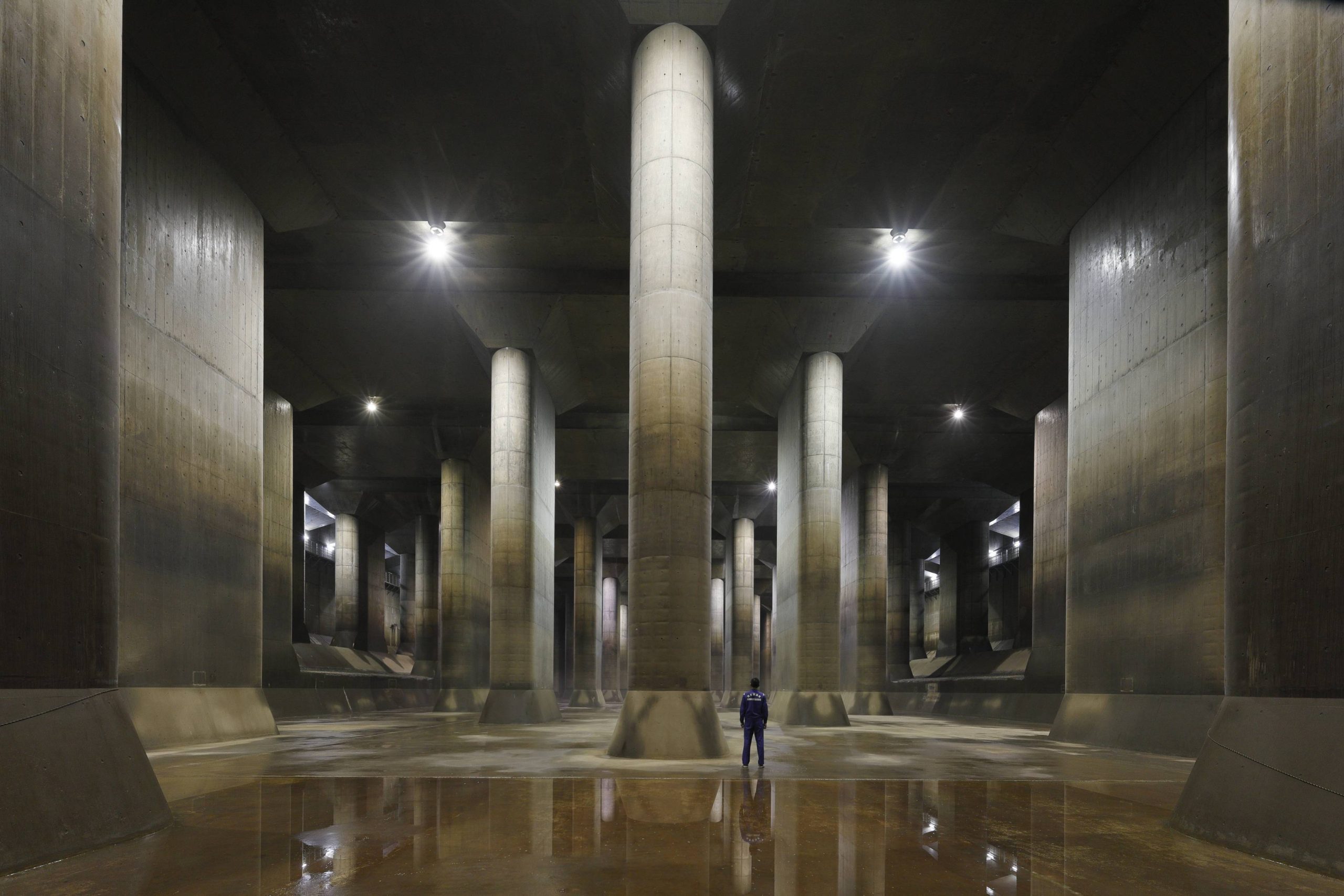
To help visitors learn more about the role of the regional flood control facility, “Metropolitan Area Outer Underground Discharge Channel,” we have increased the appeal of our tours and begun the second installment of this ongoing social experiment. In addition to the wildly popular tour of the surge tank, known as the "underground shrine," we have added secret passages, pump rooms, and sections of the gas turbine which will be opened to the public in 4 different courses. We encourage you to experience the grandeur of the “Metropolitan Outer Area Underground Discharge Channel.” Please check the URL below for details regarding tours and facilities. Notes on the reservation site: You can switch to English by clicking on the mark next to the earth symbol in the top right corner of a header section
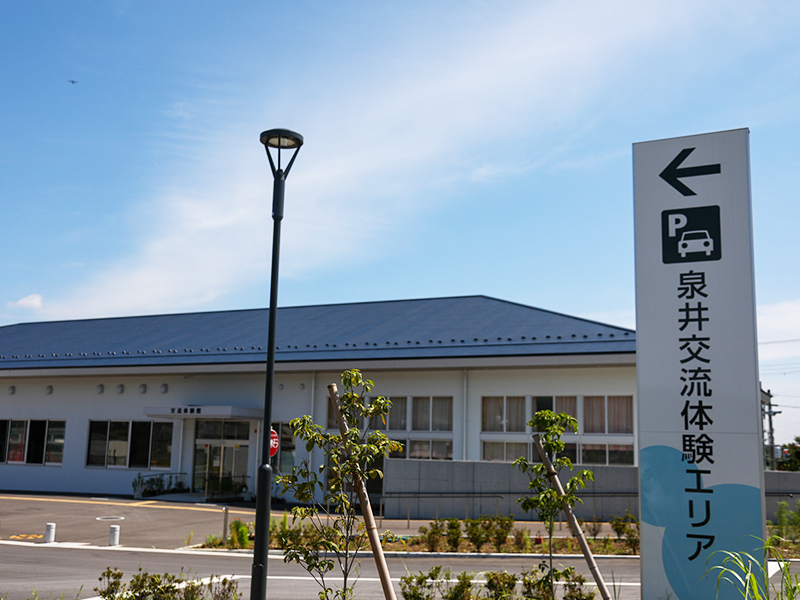
This facility provides a place for interaction among those in and outside of the region. The facility has a spacious lawn and a variety of playground equipment that can be freely used by anyone. In addition to renting out the training room and processing room facilities, the Exchange and Experience Center also holds independent projects such as hands-on classes and exhibitions.
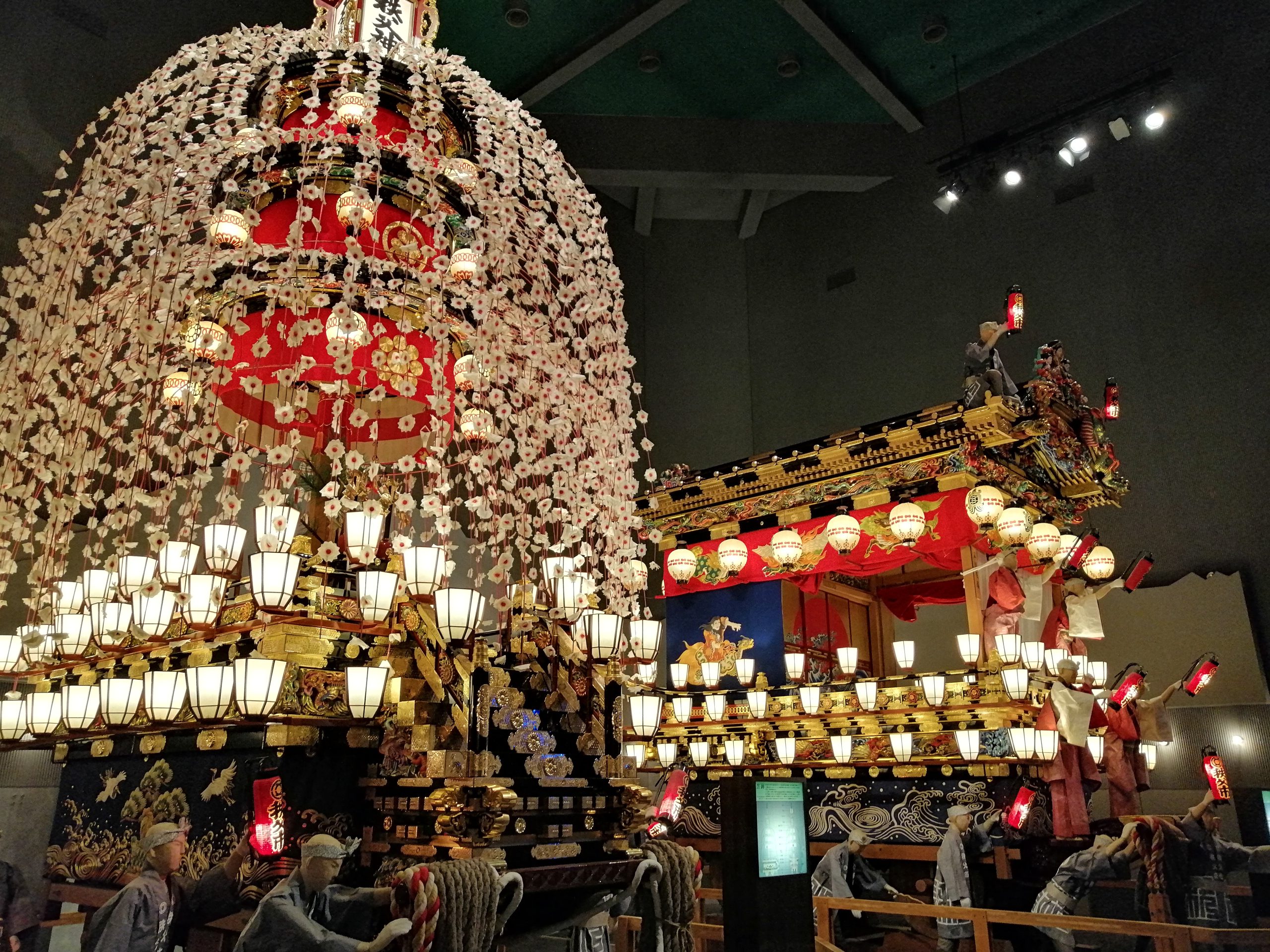
Chichibu Festival Museum exhibits materials related to the booths and kasaboko (combined umbrella and halberd carried on floats in some festivals) of the Chichibu night festival that takes place every year on the 2nd and 3rd of December. The booths, kasaboko, curtain, sculptures made by Shōwa’s master craftsmen are arranged in a design related to the Myōken belief. At noon, the lanterns are switched on to reproduce the night festival. Within the noise of the palatial Chichibu booth music, the luxurious booth and kasaboko can be seen right before your eyes.
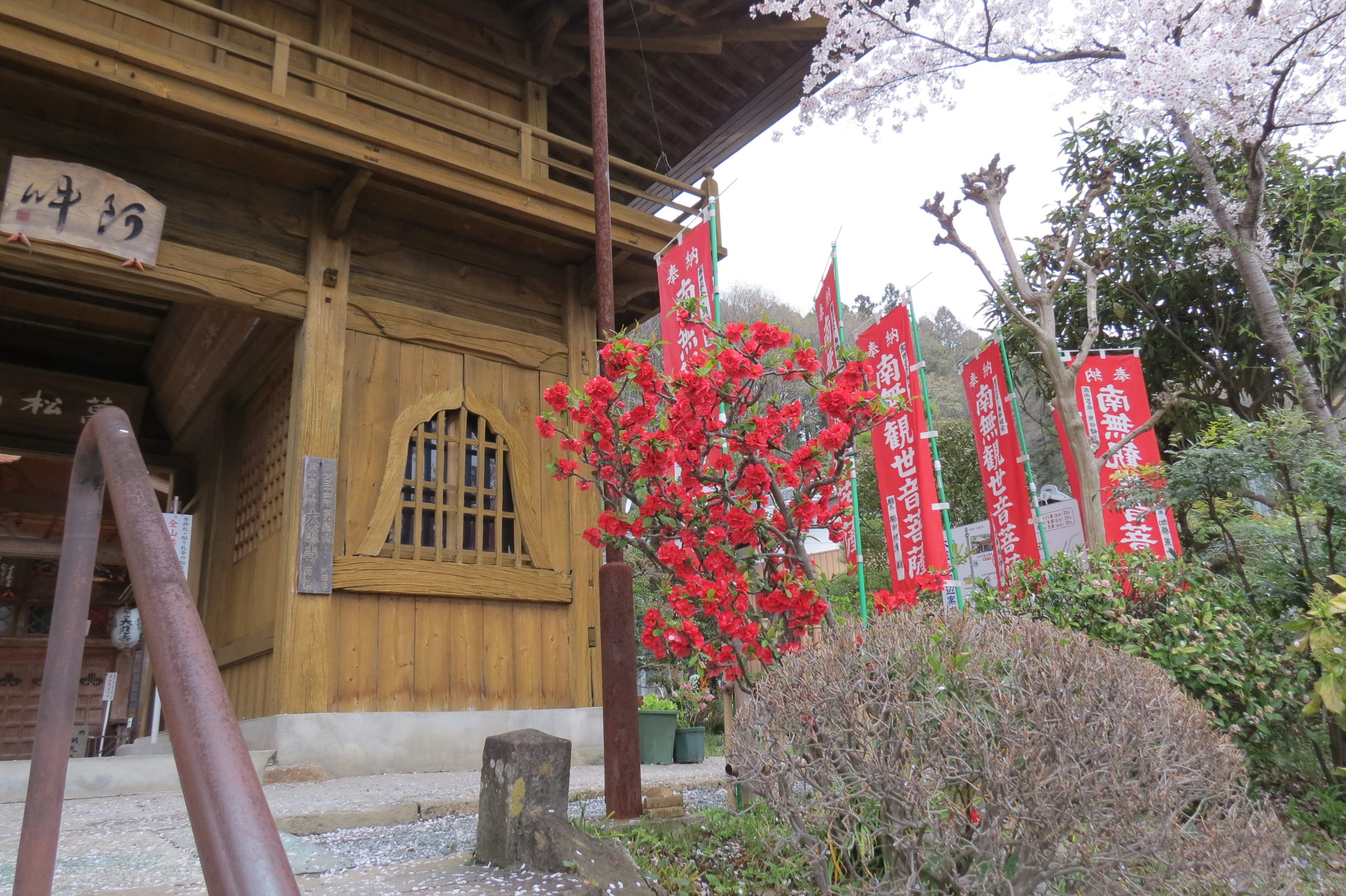
In front of the main hall is a statue of “Obinzurusama” (a disciple of Buddha), which legend has it that you will be healed by touching the statue where your body has pain while touching the same place on your body. In spring the adorable rare Bukoumamezakura cherry blossoms bloom for a delightful scene. It was also the setting for the animated movie, “The Anthem of the Heart." The “Enmei Jizō" (life-prolonging Jizō statue) stands at the entrance as a landmark.
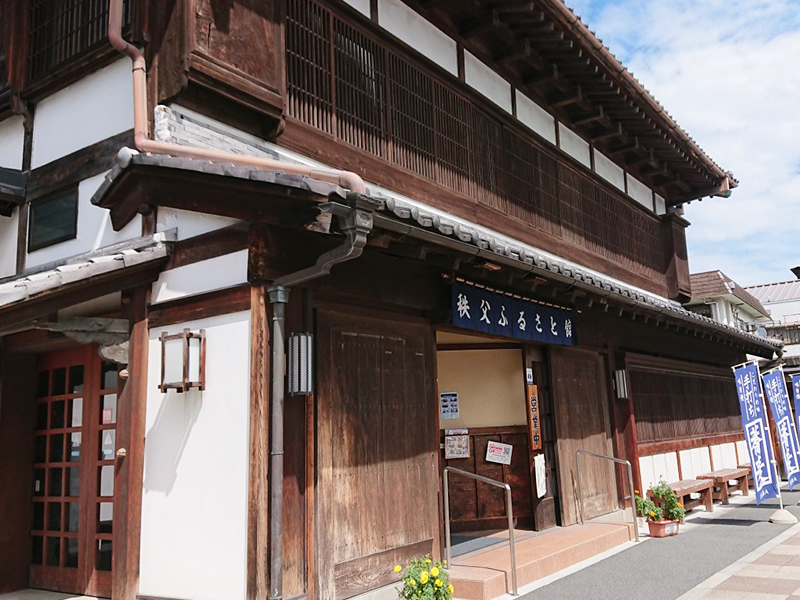
This store was originally the main building of a meisen silk wholesaler that prospered in the Taisho era. It has now been restored as a tourist center that also displays and sells local products. You can also try out the local cuisine at the soba noodle shop!
This site uses cookies to improve the user experience. If you continue to browse, you consent to the use of cookies on this site. Accept
CONTACT
